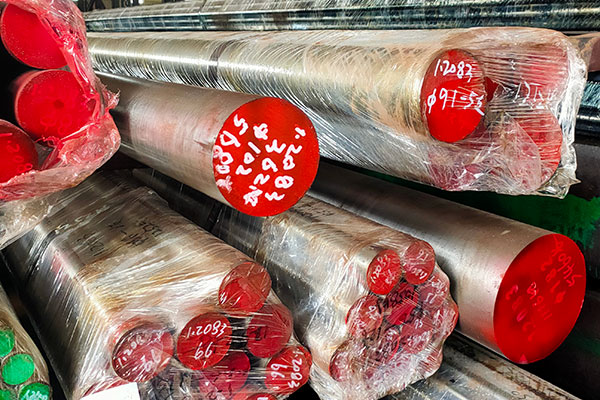In modern industry, 32CrMoV12-10 steel belong to alloy steel , which play a crucial role because they have high strength, good heat treatment properties and excellent corrosion resistance. 32CrMoV12-10 also know as 1.7765 which under the DIN standard , it is a high-quality material that works under high load and high temperature conditions. It plays a decisive role in industrial operations.
Chemical composition about 32CrMoV12-10 steel
| C | Si | Mn | S | P | Cr | Mo | Ni | V | |
| 32CrMoV12-10 | 0.30-0.35 | Max 0.35 | Max 0.60 | Max 0.025 | Max 0.01 | 2.80-3.20 | 0.80-1.20 | / | 0.25-0.35 |
32CrMoV12-10 container proper pencent Chromium , it improved its corrosion resistance and extended service life.
32CrMoV12-10 steel delivery condition
As usual ,32CrMoV12-10 steel delivery as QT condition
Mechanical properties
|
Grade
|
Condition
|
Yield strength min
[MPa]
|
Tensile strength
[MPa]
|
Elongation A
5
[%]
|
Reduction of area Z
min
[%]
|
Hardness[HRC]
|
|
32CrMoV12-10
|
QT
|
Min 800
|
Min 940
|
Min13%
|
70
|
Min26HRC
|
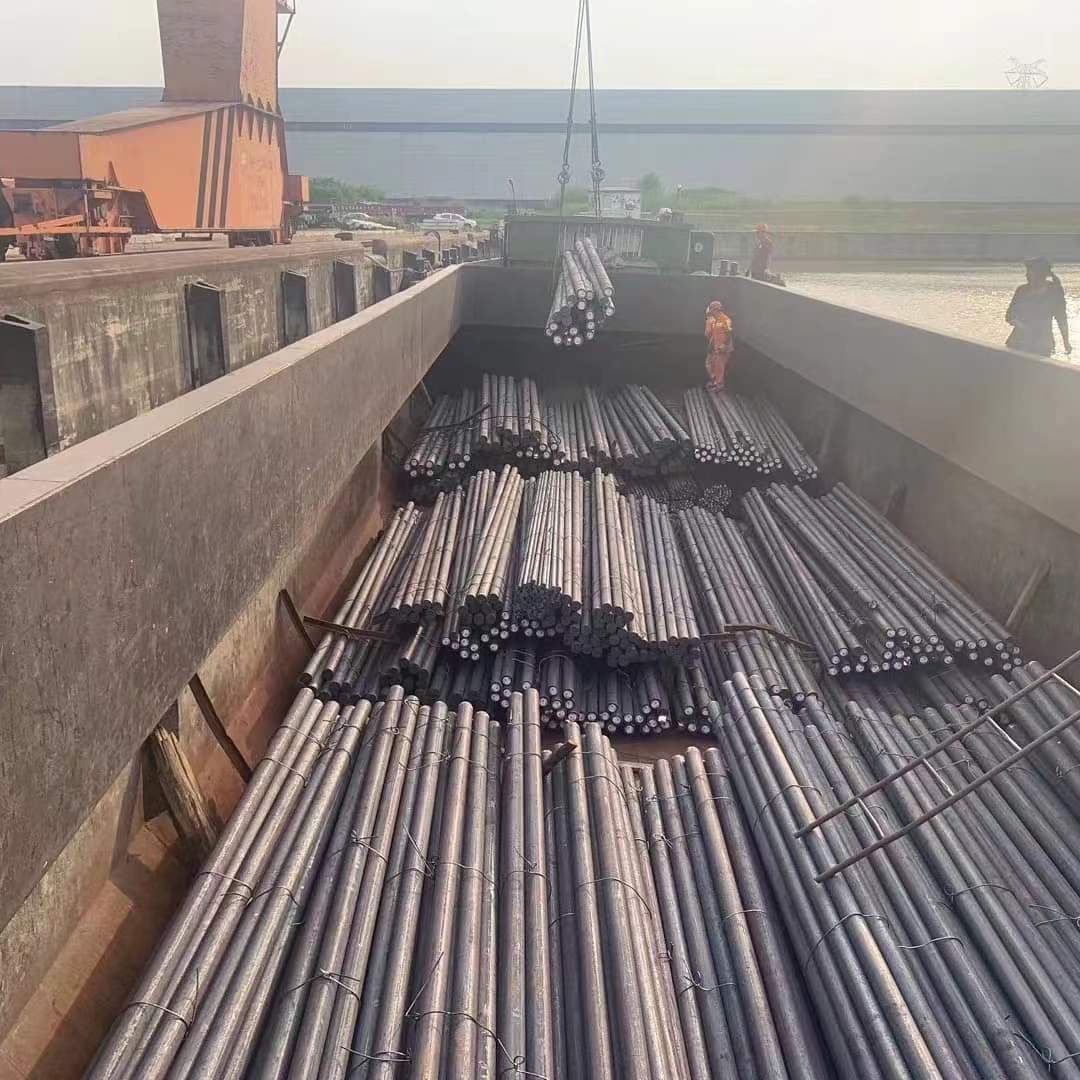 Heat treatment about 32CrMoV12-10
Heat treatment about 32CrMoV12-10
Forging
– Slowly heat 32CrMoV12-10 steel material to 1100-850°C. Due to the relatively high thermal strength of this steel, the initial hammer blow should be light.
Annealing
– Annealing temperature:Heat to approx. 720°C, cool slowly.
– Hardness :Maximum 224 HB
Quenching:
-Quenching temperature: 860-890℃
-Medium: oil, water or air
-Hardness: 53-58 HRC
Tempering:
– Tempering temperature: 540-680℃
– Hardness: ≤45 HRC
– Tempering time: Depends on specific materials and requirements
Application area
32CrMoV12-10 is often used to manufacture equipment and parts that operate under high load and high temperature, such as automobile engine connecting rods, mechanical tool blades, pneumatic tools, molds, and weapon manufacturing, such as gun barrels, etc.
Advantages and features of 32CrMoV12-10
- High strength: 32CrMoV12-10 has excellent tensile strength and yield strength, and is suitable for working environments that bear large loads and pressures.
- Good heat treatment performance: This alloy steel can adjust the hardness and toughness of the material through quenching and tempering processes to adapt to different usage requirements.
- Excellent corrosion resistance: 32CrMoV12-10 adds an appropriate amount of chromium to improve its corrosion resistance and extend its service life.
If you want to know more about the 32CrMoV12-10 or want to get a quotation , please do not hesitate contact us .
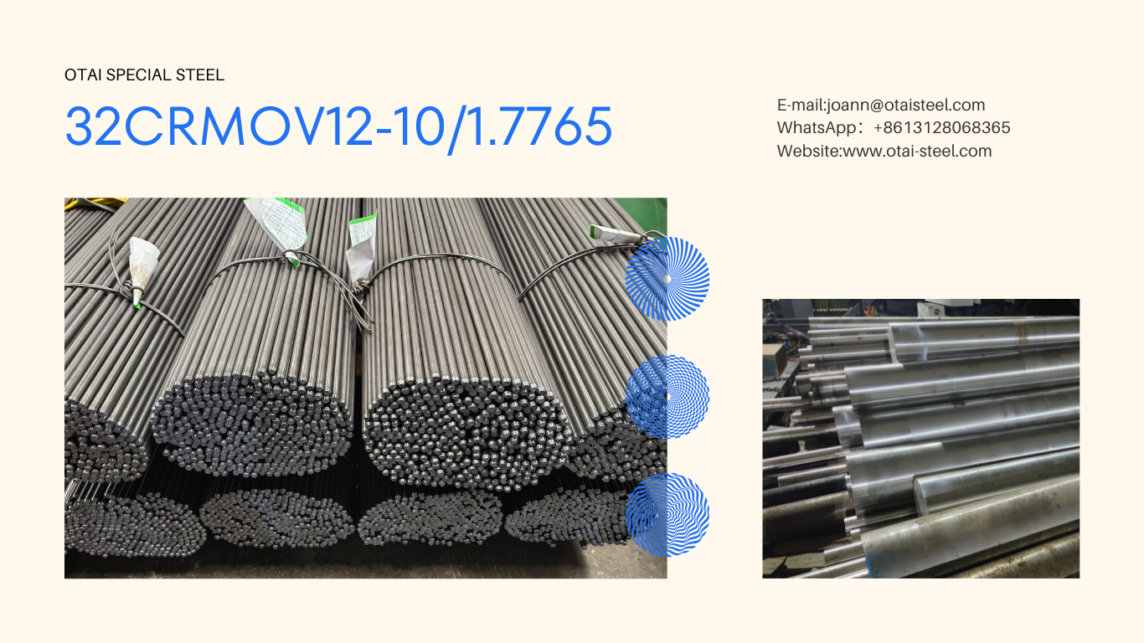
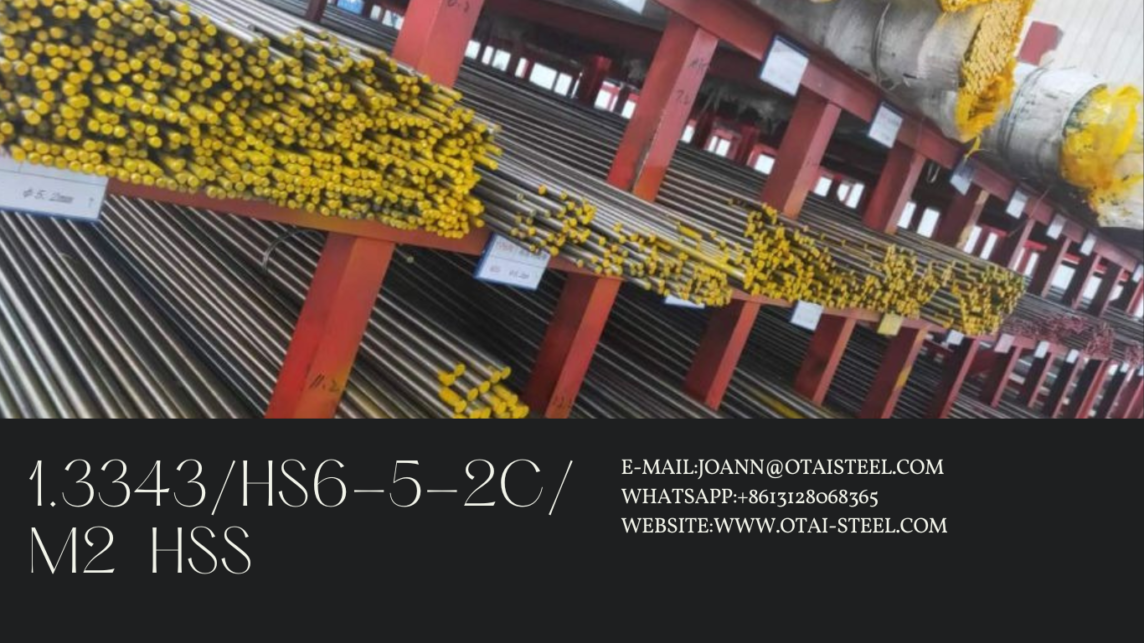
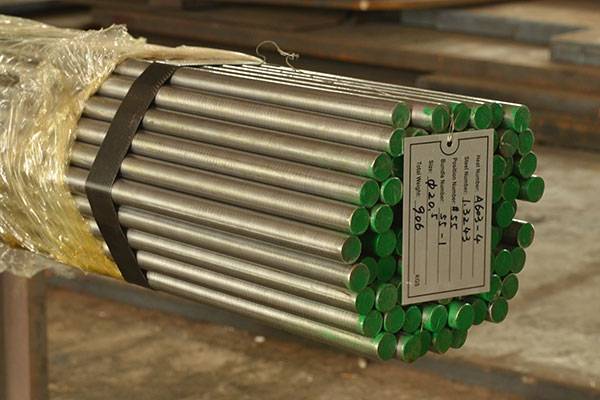 Heat treatment about DIN 1.3343 steel
Heat treatment about DIN 1.3343 steel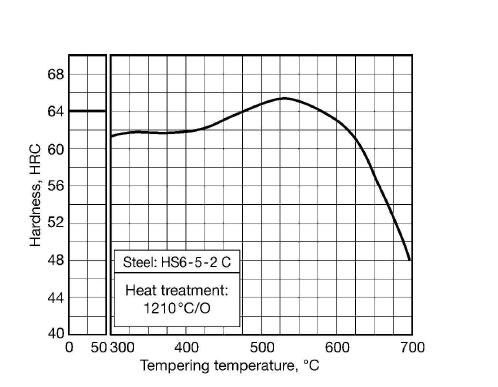
 Name: Joann
Name: Joann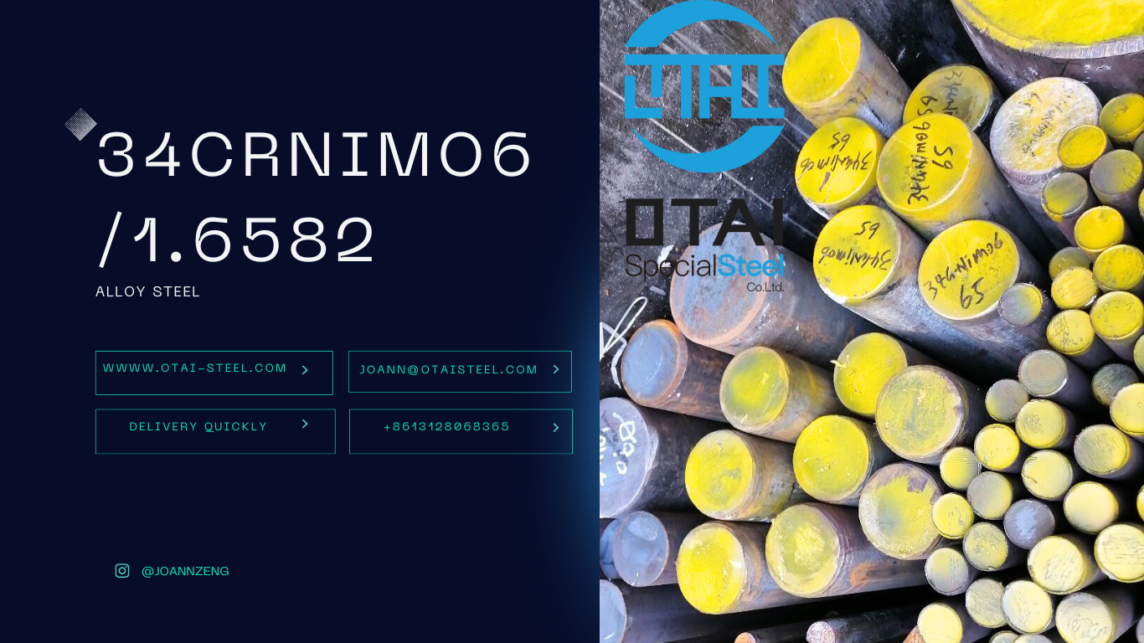
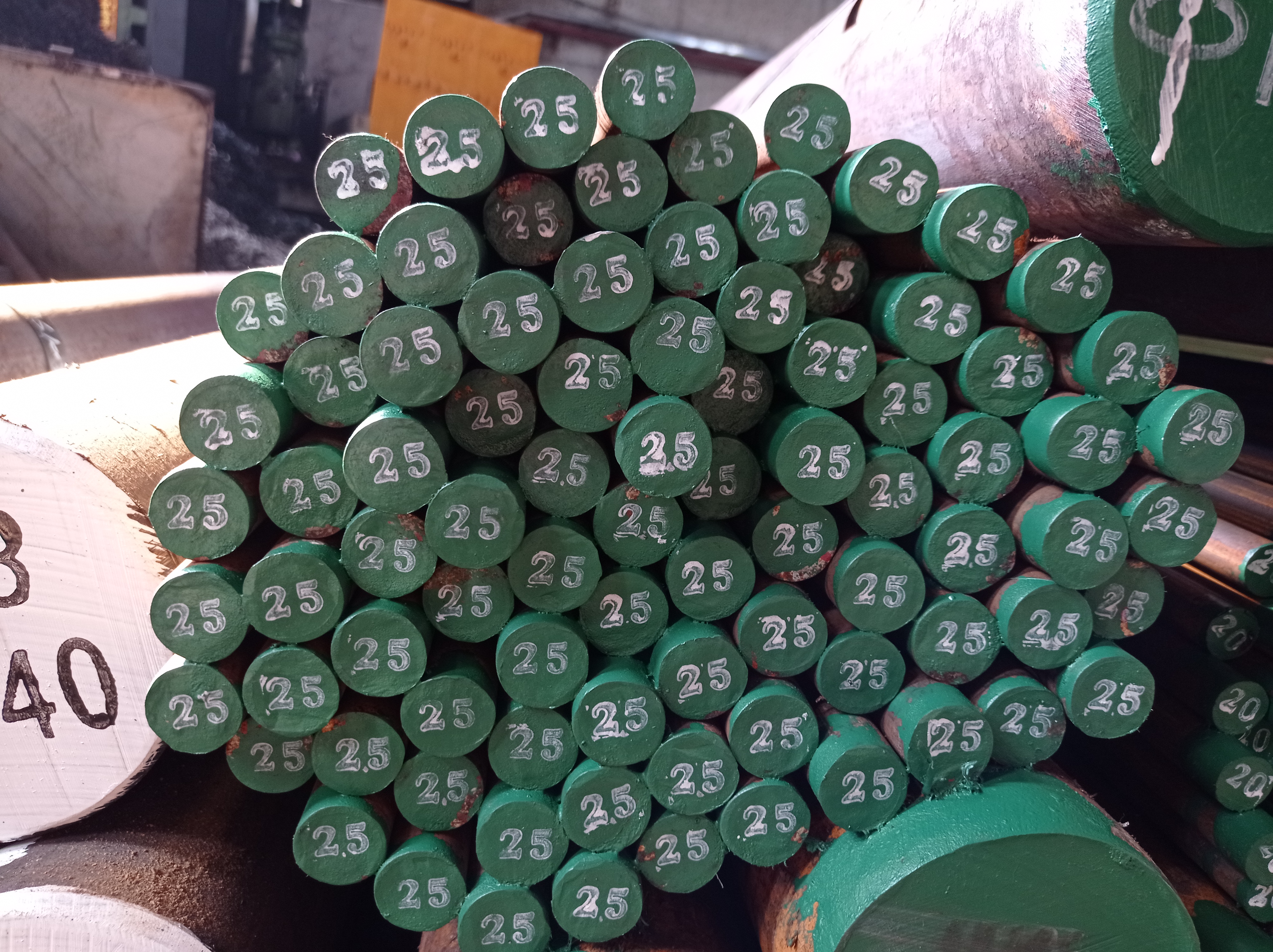
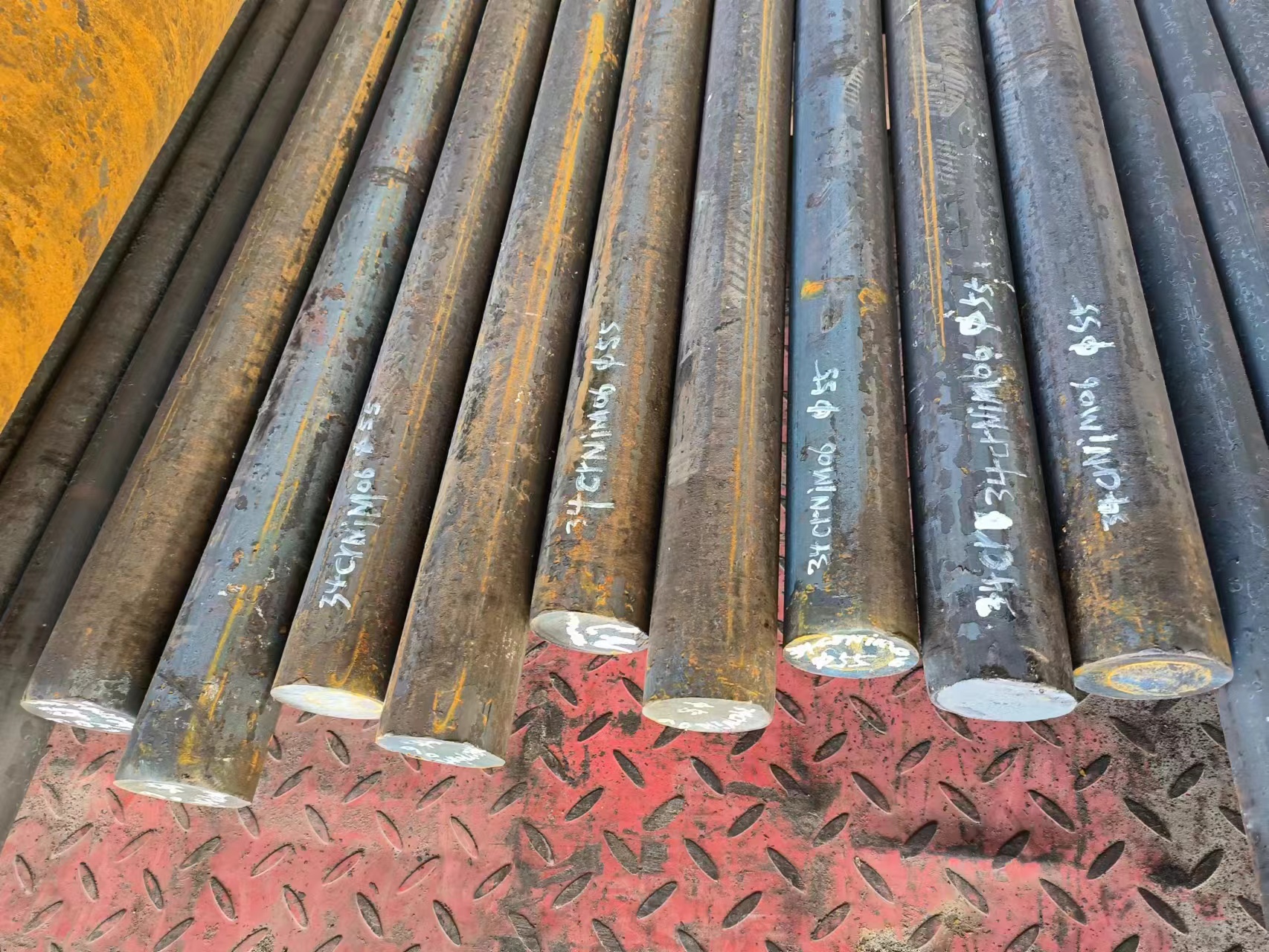
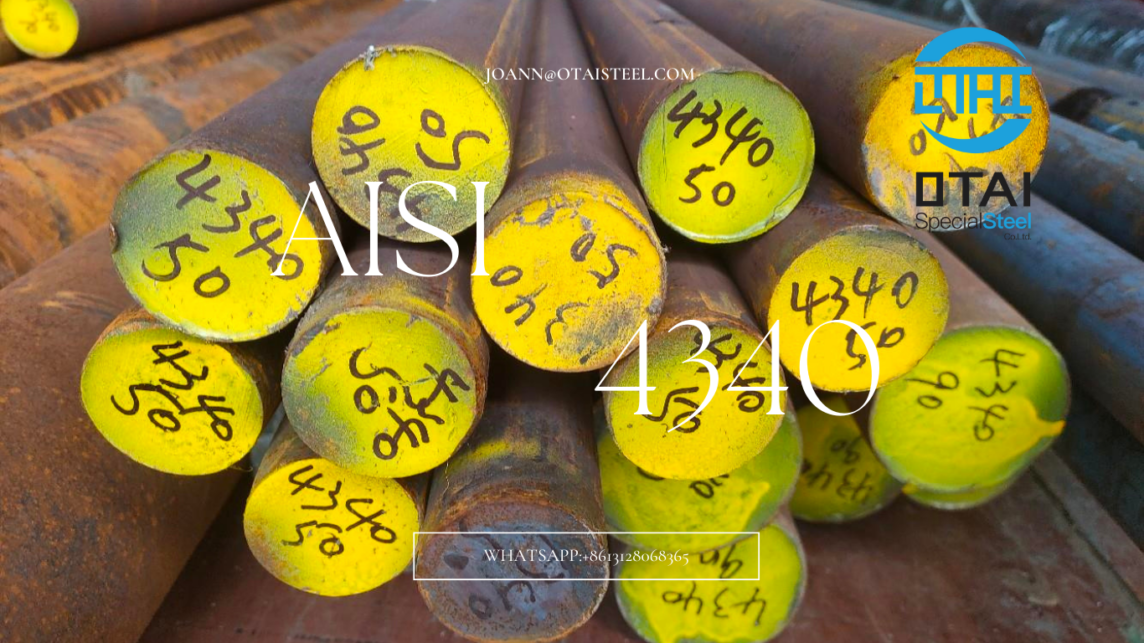
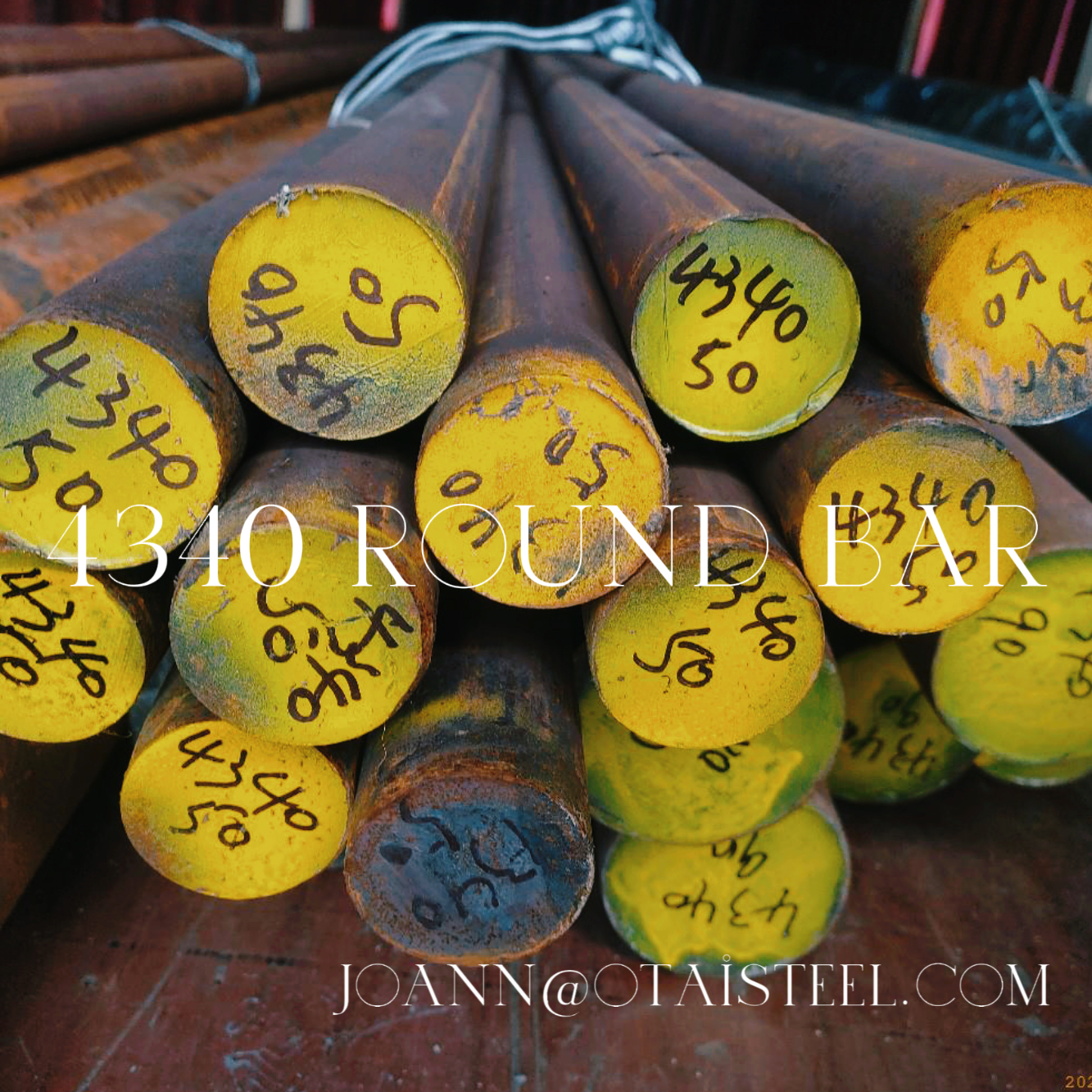
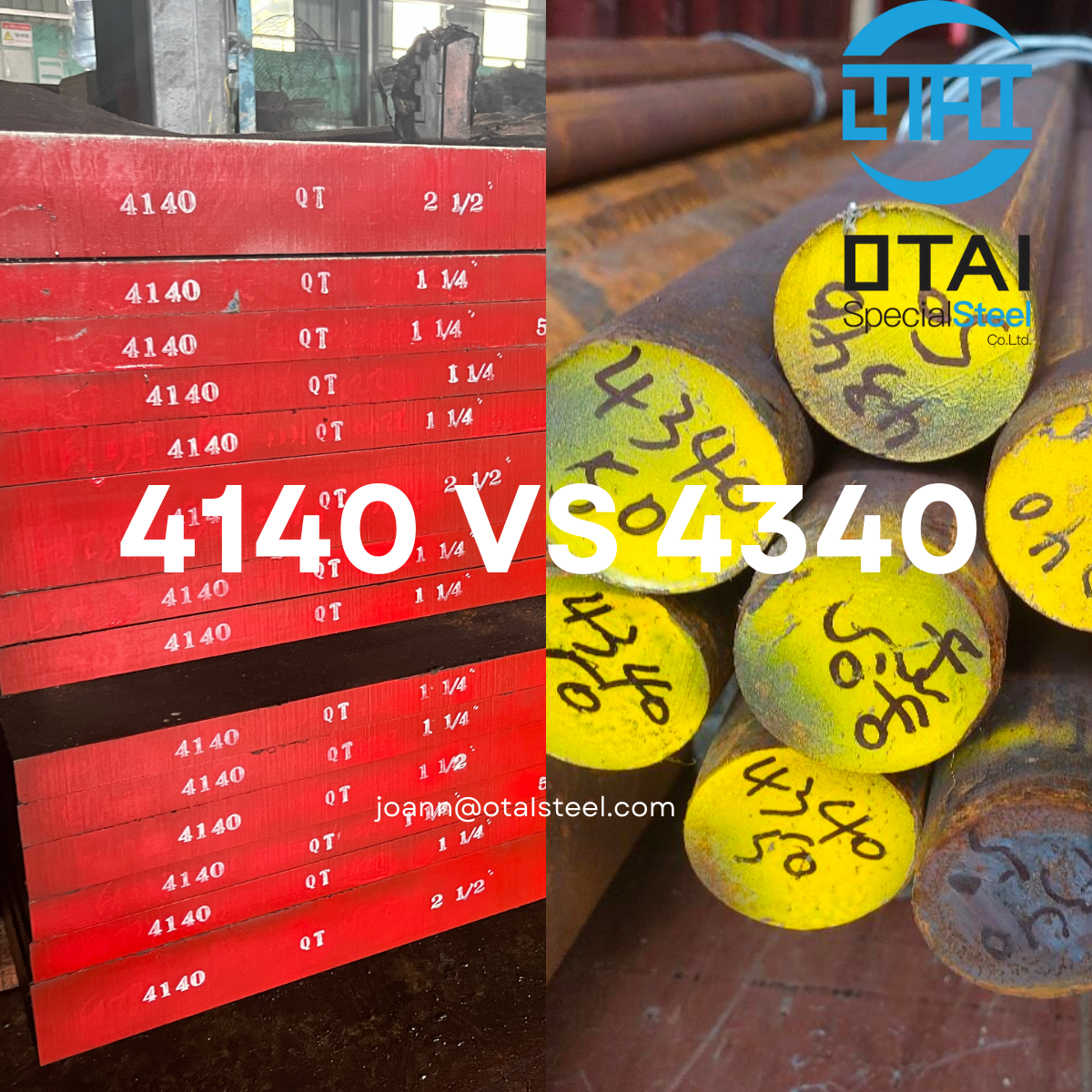 Due to its high strength, toughness, and weldability. It finds applications in various industries, including:
Due to its high strength, toughness, and weldability. It finds applications in various industries, including: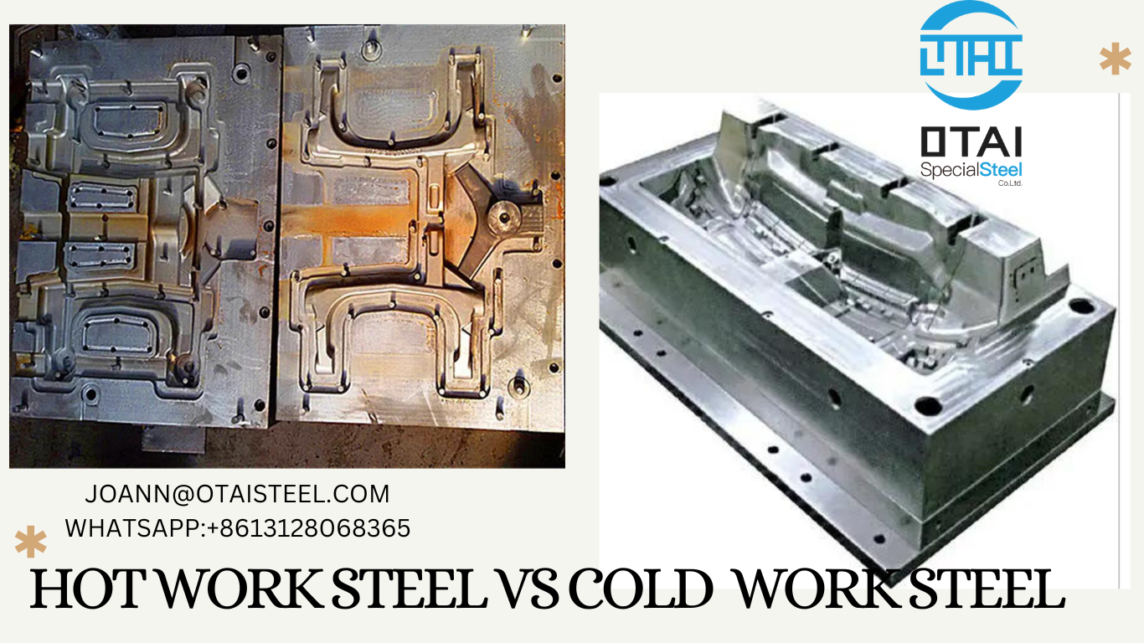
 Application:
Application: Application:
Application: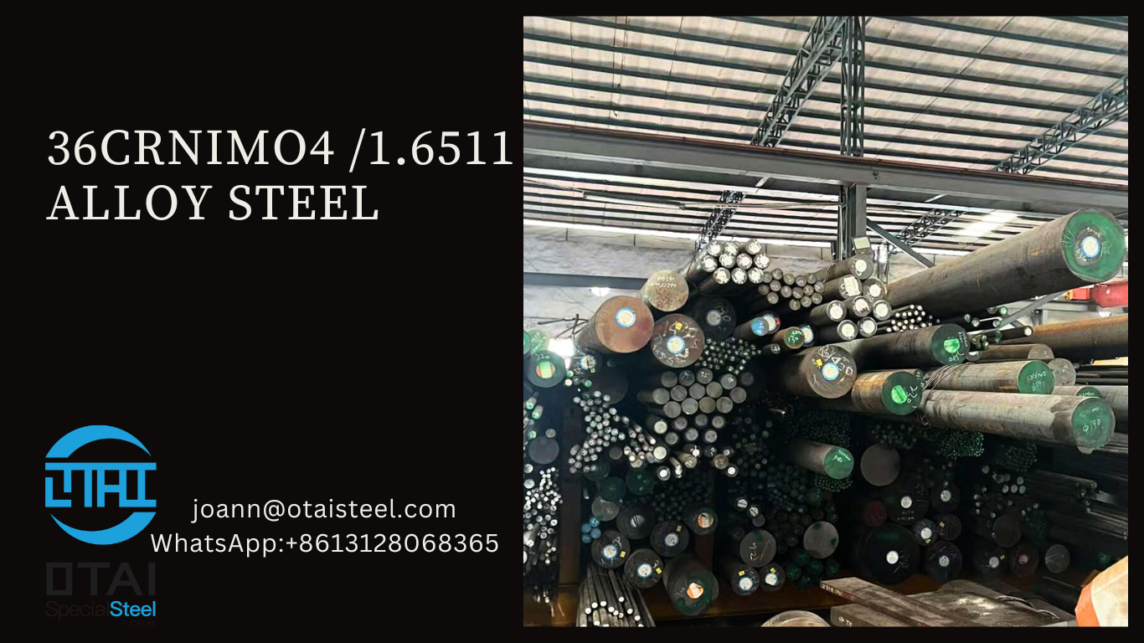
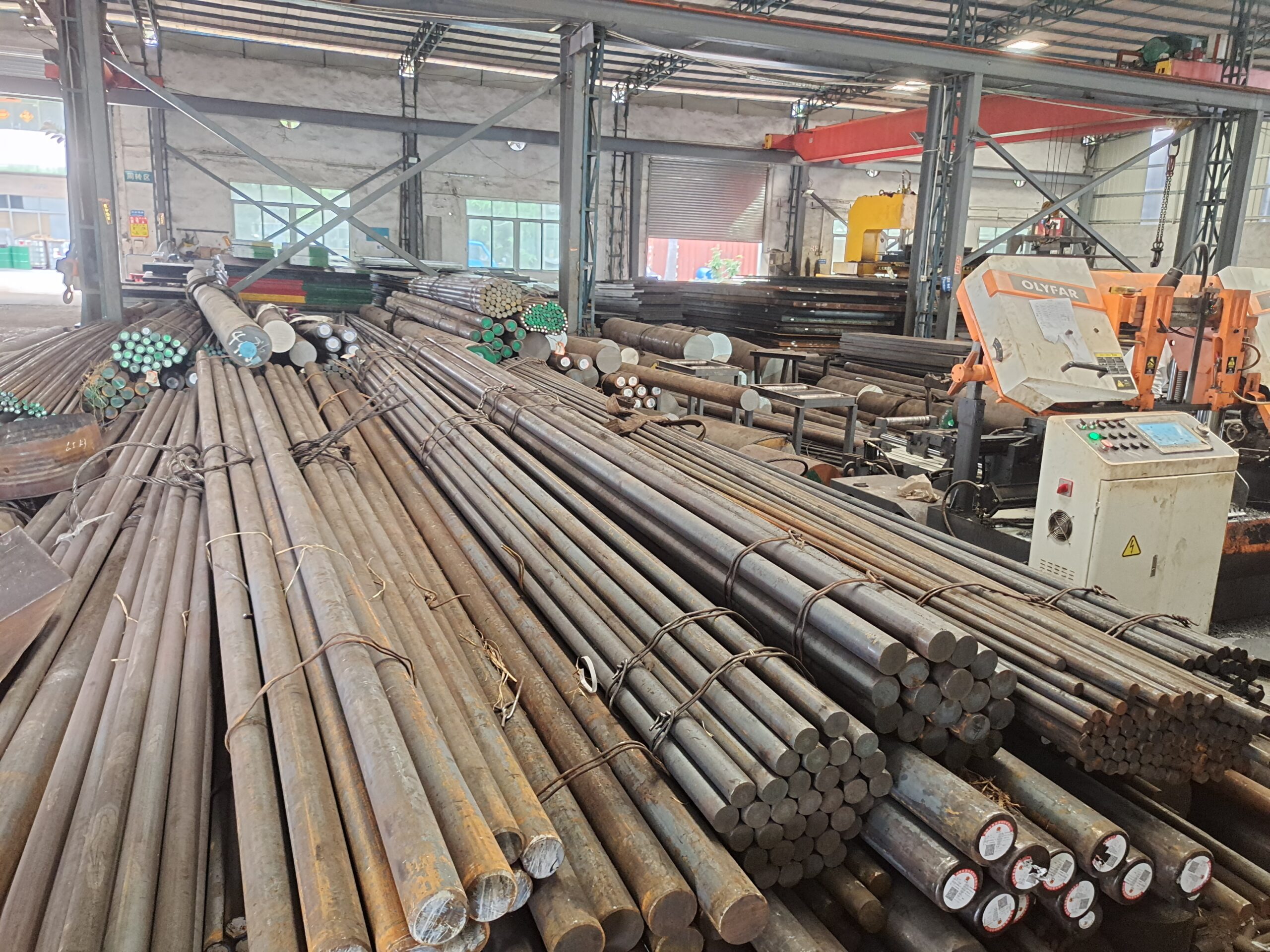 Physical Properties of 36CrNiMo4 Steels
Physical Properties of 36CrNiMo4 Steels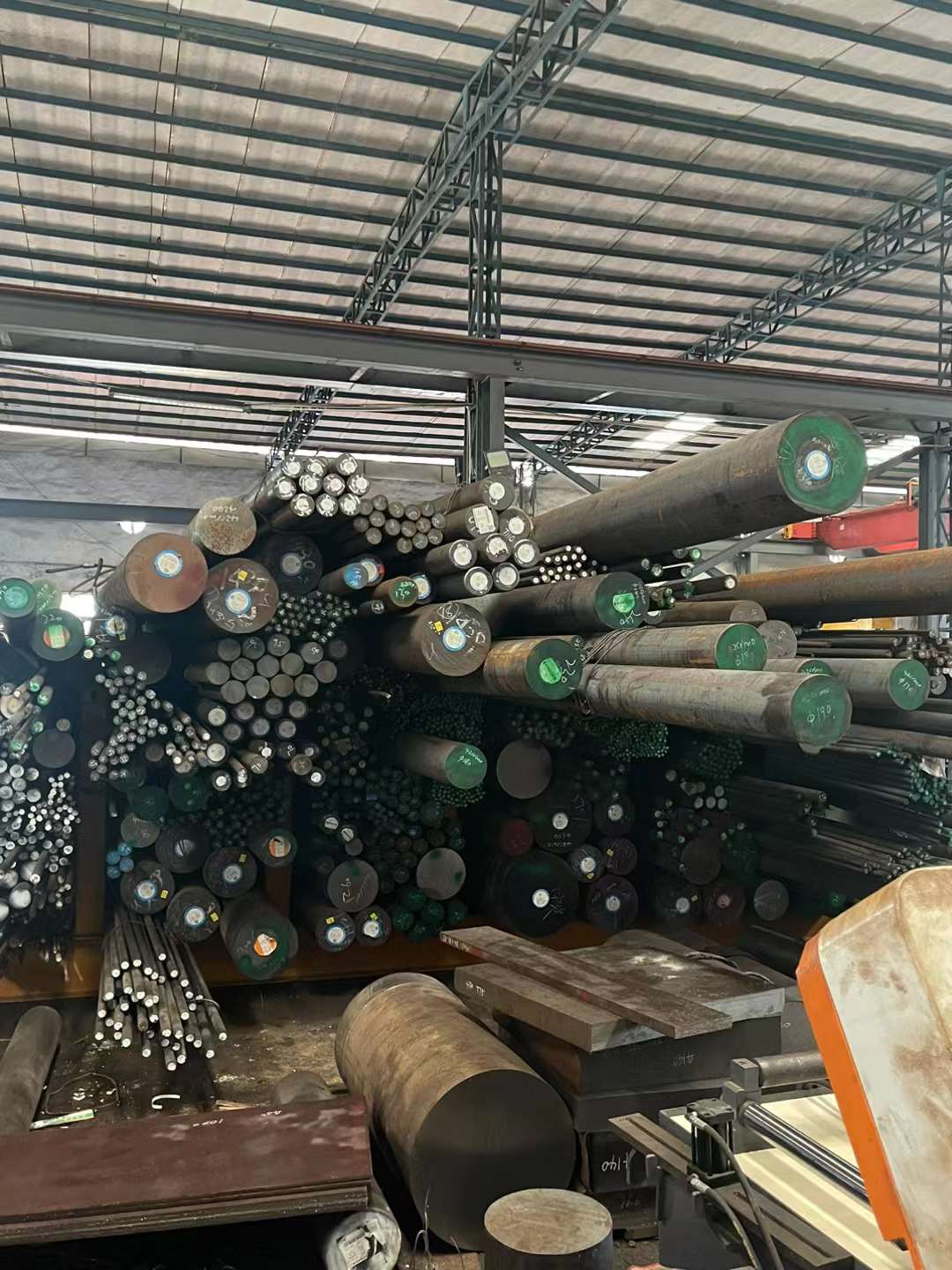
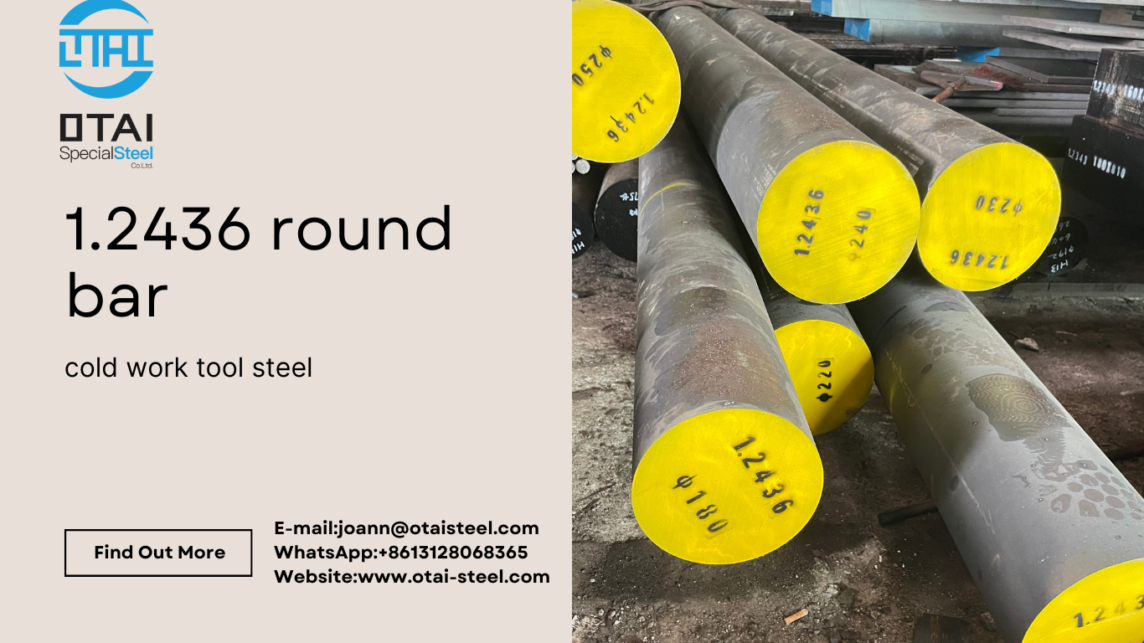
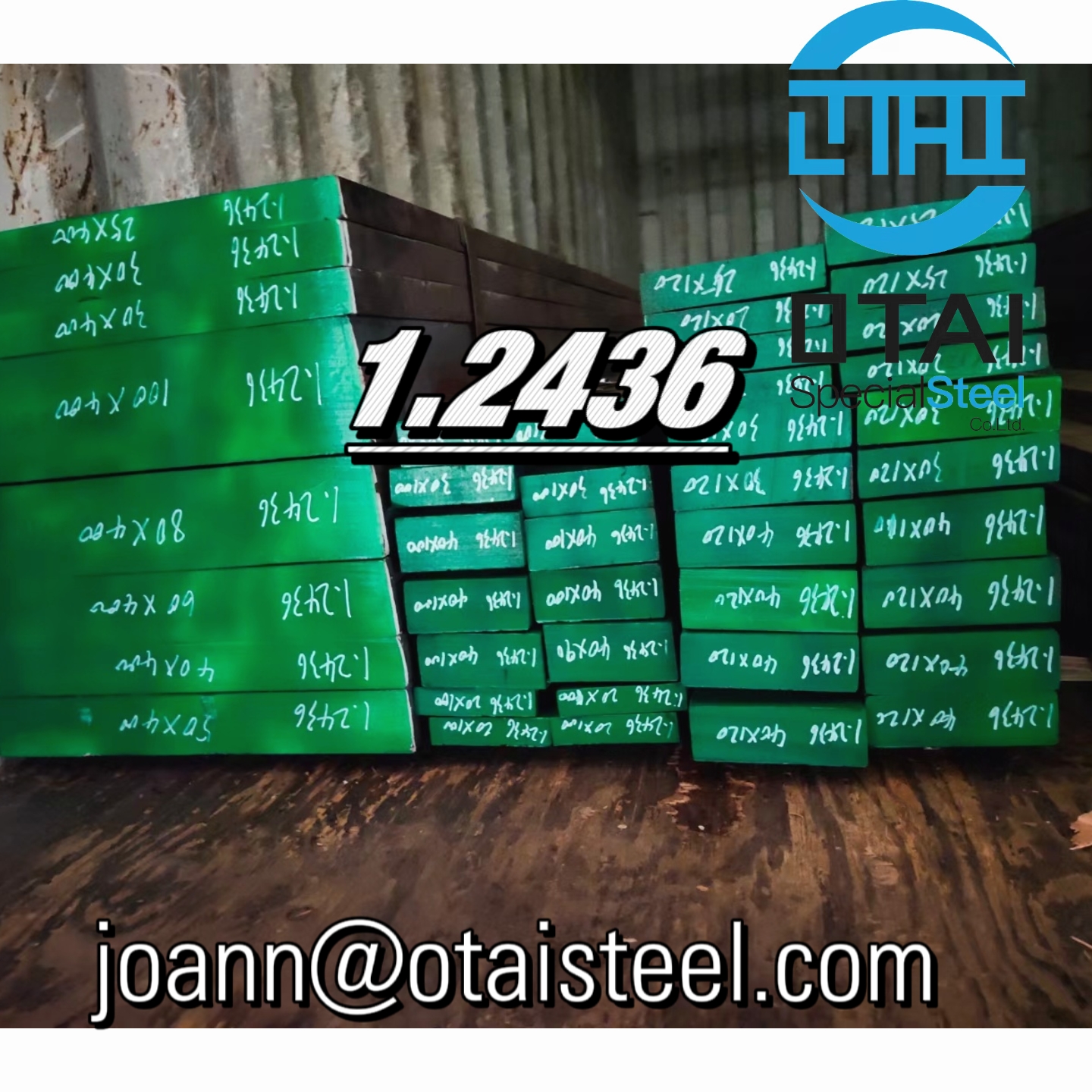 1.2436 ( X210CrW12 ) Heat Treatment:
1.2436 ( X210CrW12 ) Heat Treatment: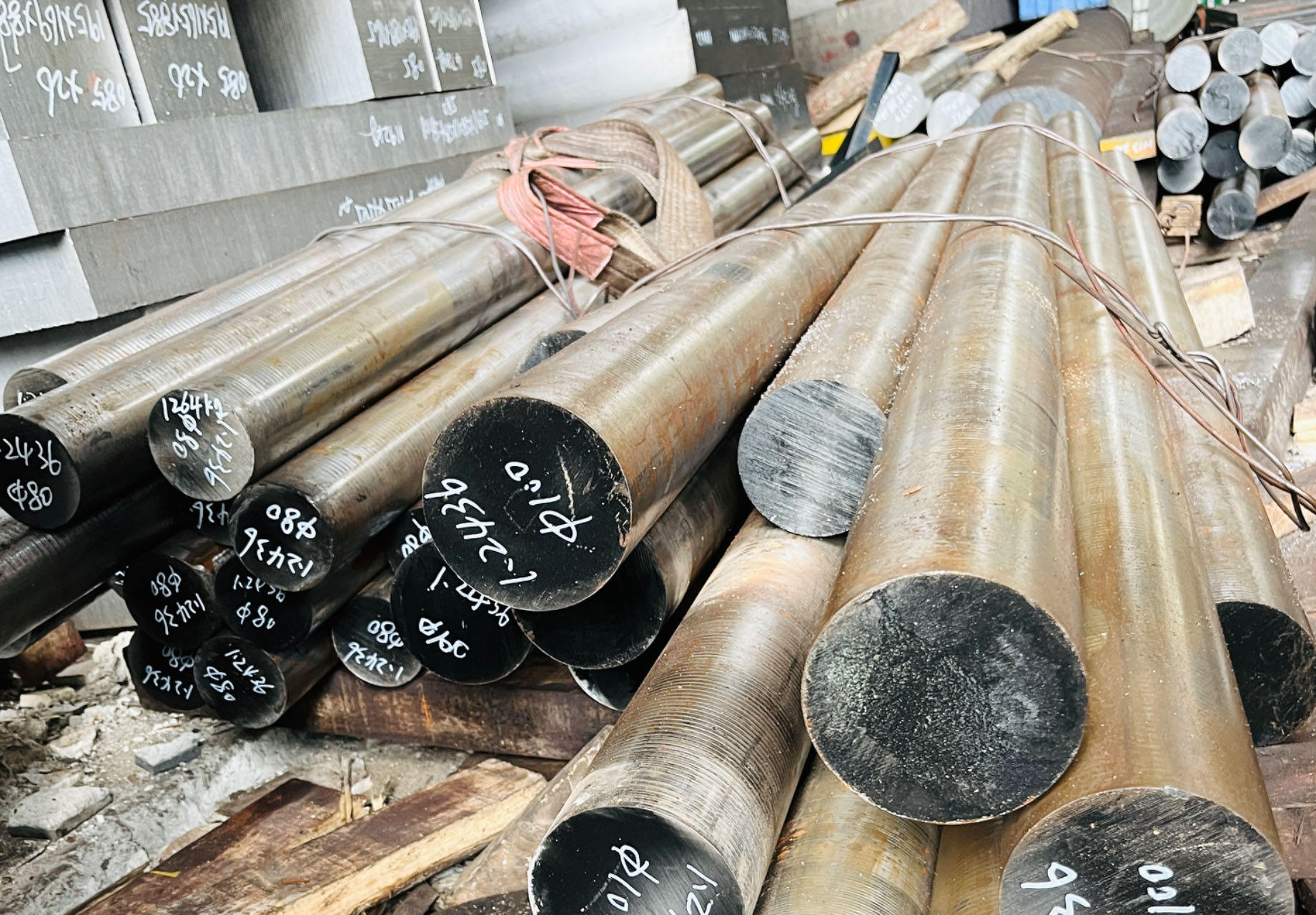
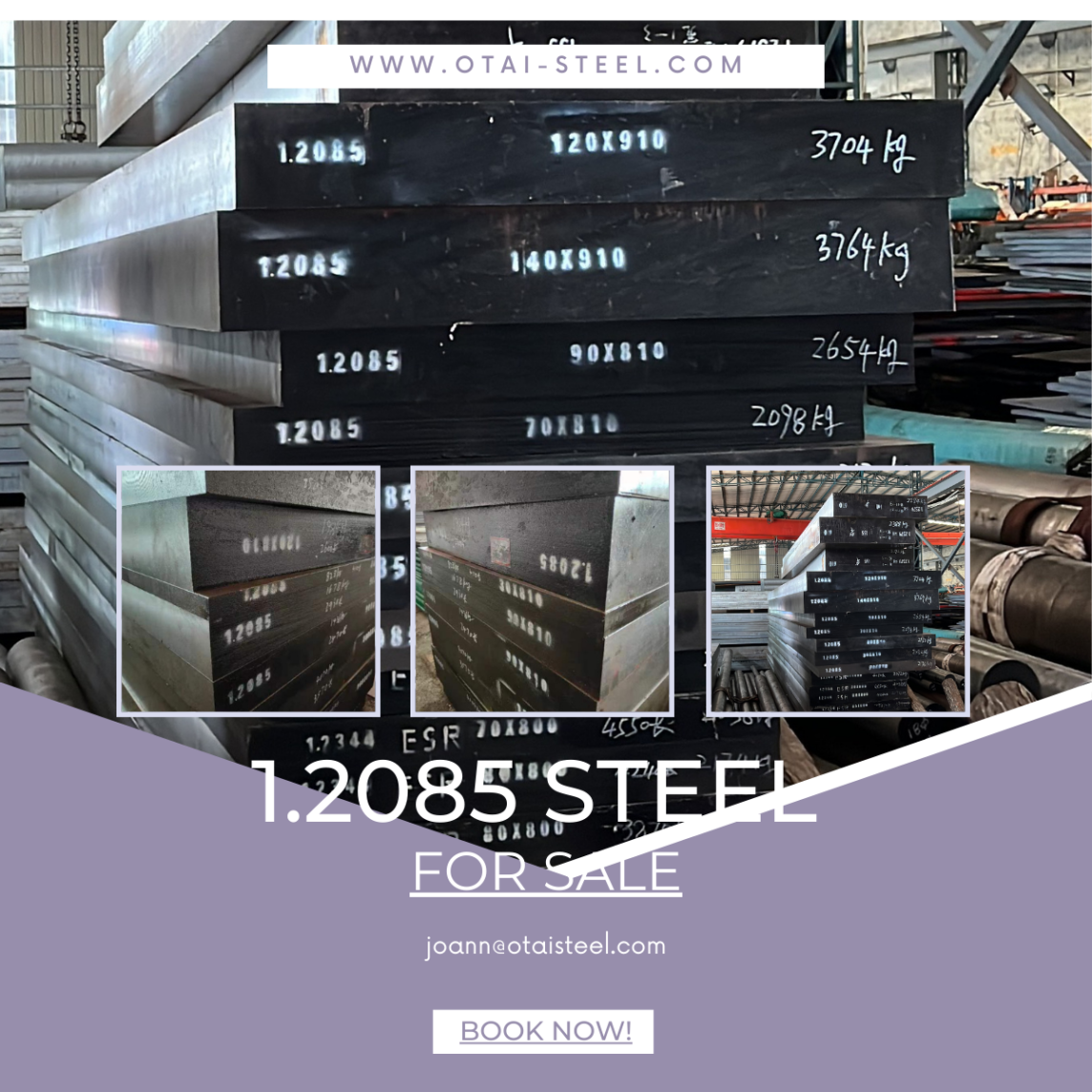
 2. Properties of 1.2085 Steel
2. Properties of 1.2085 Steel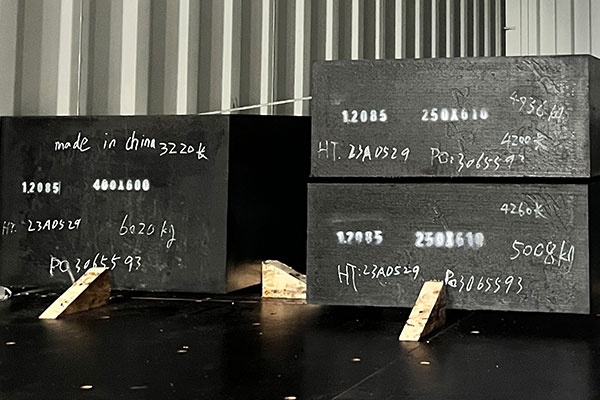 4. 1.2085 Steel Equivalents
4. 1.2085 Steel Equivalents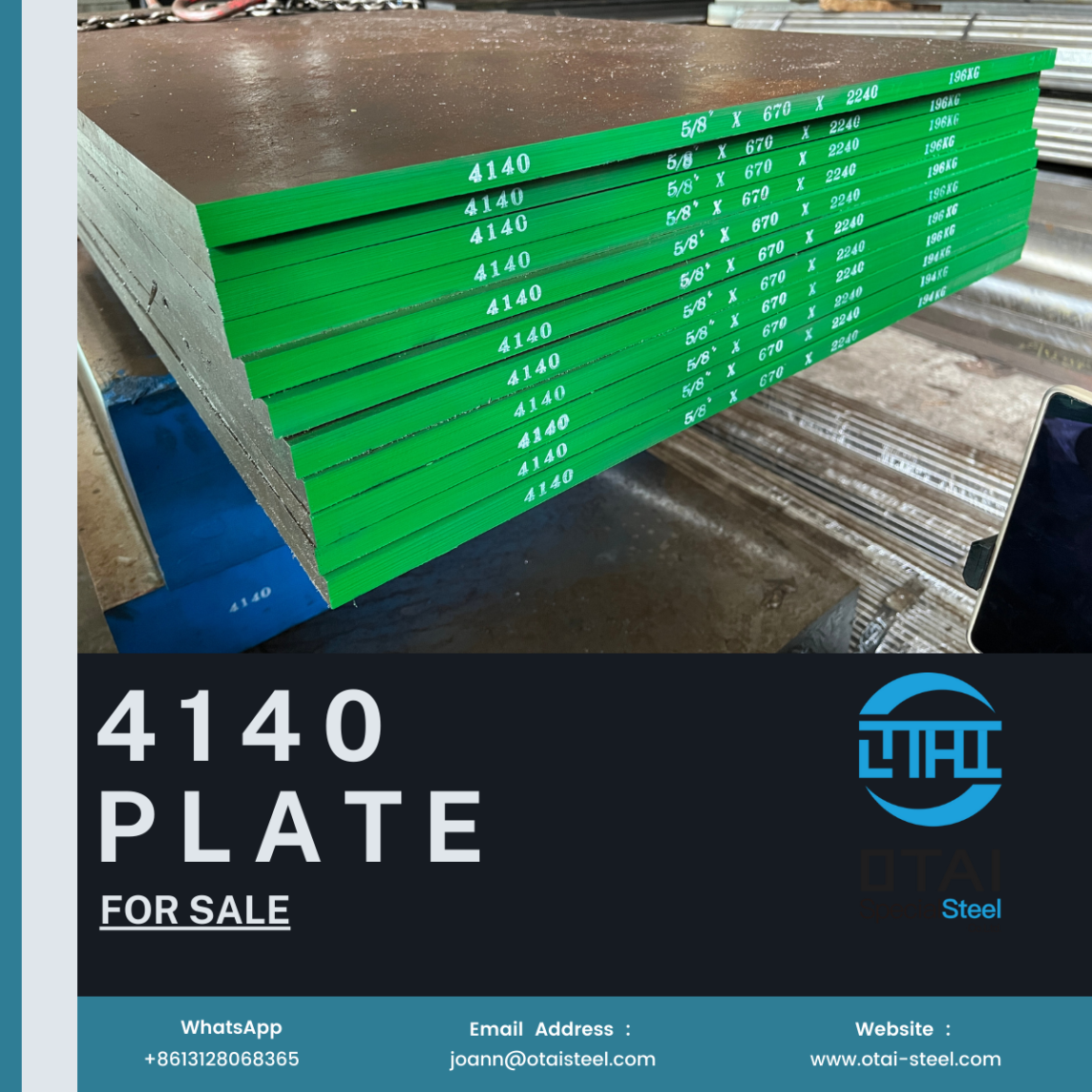
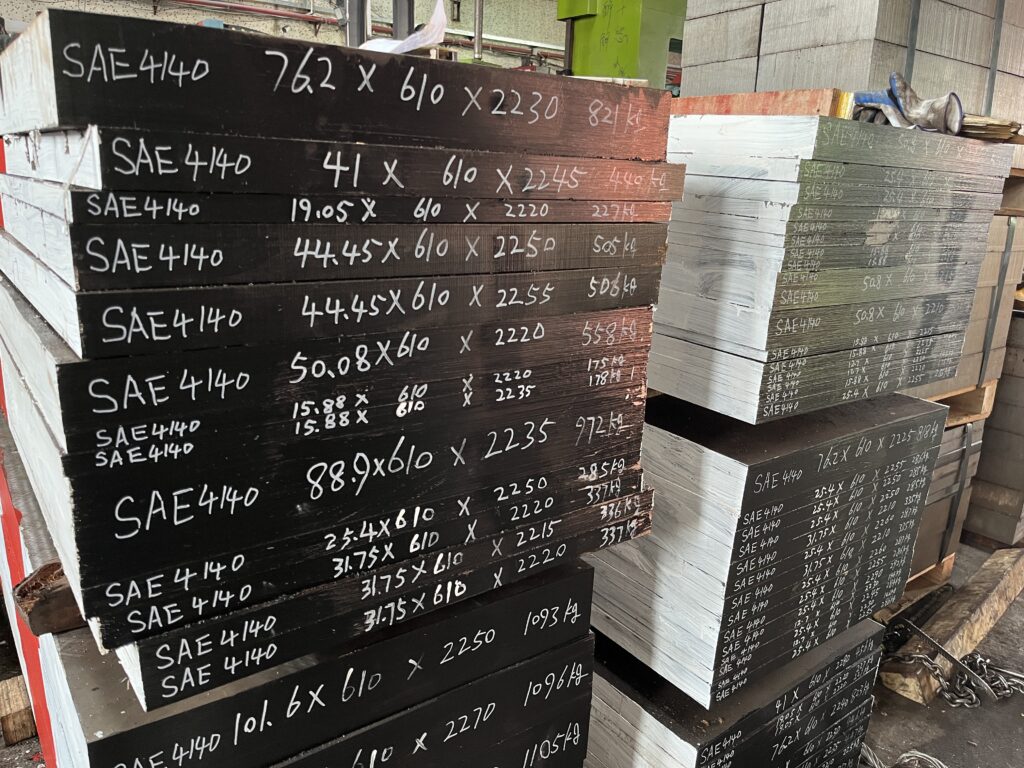 4140 and 52100 both are widely used steel , they are often compared and evaluated for their suitability in various applications. In this article, we’ll explore the characteristics, properties, and applications of these two steel types, highlighting their differences and unique features.
4140 and 52100 both are widely used steel , they are often compared and evaluated for their suitability in various applications. In this article, we’ll explore the characteristics, properties, and applications of these two steel types, highlighting their differences and unique features.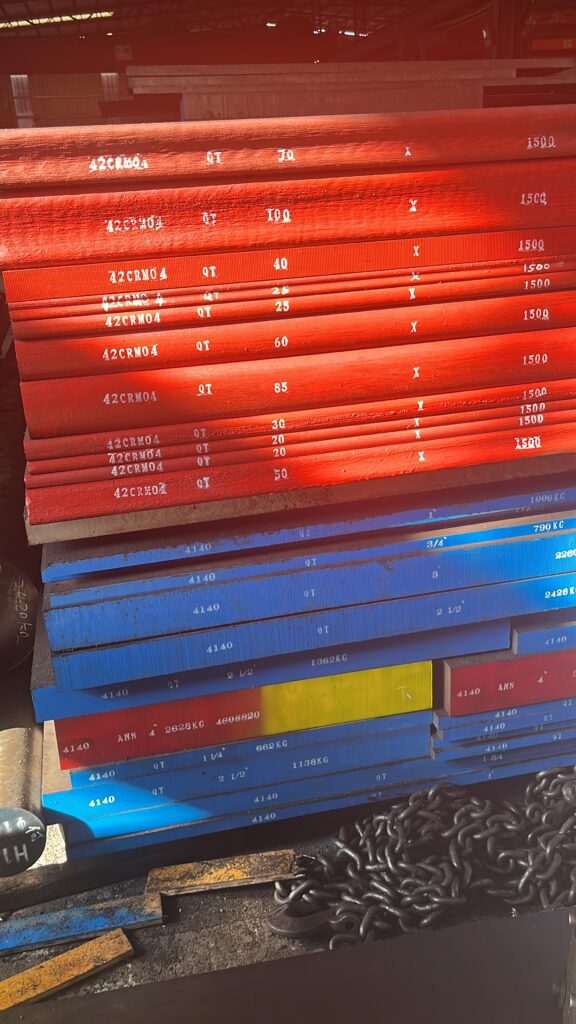 Key Differences
Key Differences